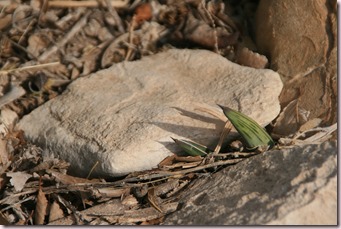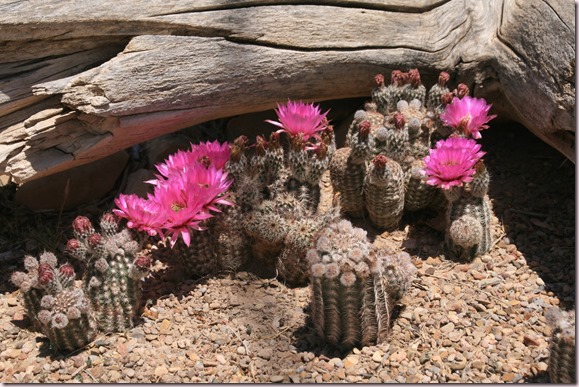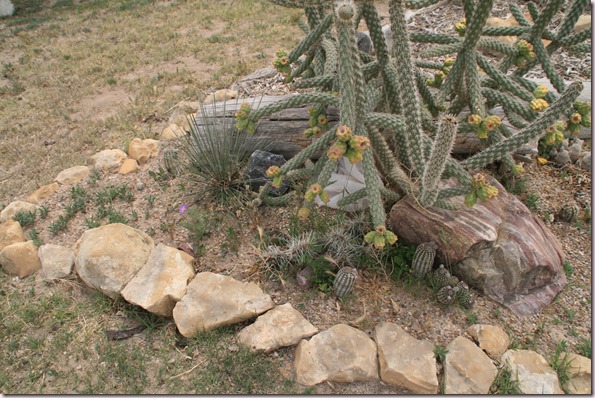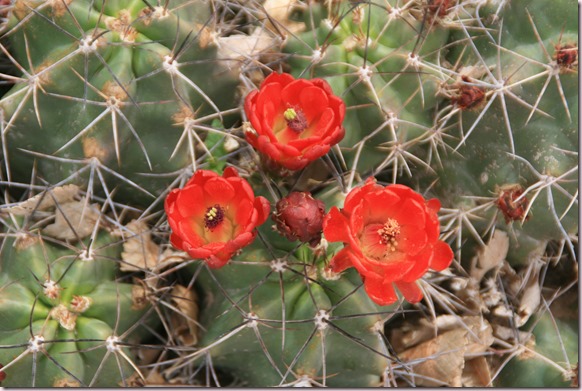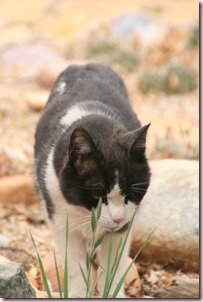I bought this bombax tree back in 1985 when I was first getting interested in the more unusual specimens I would come across when searching for cactus and succulents. It was in a one-gallon container then and about a foot tall. Today it is in an 18-inch pot and the plant itself is 4 feet tall.
The tree only blooms in the spring before the leaves appear after the cold dry winter. What you see here is the second bloom this season. It opened yesterday; they only last a day, blowing away the next day. No blooms have formed on the trunk on the right, which makes me wonder if I have a male and female tree. I know it doesn’t look like much now, but by the end of the summer when I have to bring it in for the winter, it will have made a nice canopy of large leaves. Alas, I don’t think I have an older picture of it all leafed out. You will just have to use your imagination.
Back when I bought it, I did not realize I would some day wish I had paid more attention to identifying it precisely. The pot was just labeled bombax as I recall, and I didn’t think much of it until these last few years when I have been paying more attention to classifying my plants. So after some investigation, I think it is a pseudobombax ellipticum, or bombax ellipticum bombacaceae, a member of the kapok family, which is a member of the mallow family, which is where kapok comes from. The wood is very light weight and is used for carving, making dugout canoes, and coffins. Some parts are used for medicine, the oil from the seeds can be used to make soap, and the filaments from the flowers can be used for bedding and fillers. Now I don’t know that my bombax tree can be used for all that, but some varieties can. The tree is native to warm climates and rain forests, and I know some grow in Hawaii because they were pointed out and called a shaving brush tree when we visited there in the late 90s.
And you can see why they are called shaving brush trees when you see a fresh, newly opened flower. Some kapok and bombax trees have a different kind of flower and of different colors, but these flowers do sort of look like old-fashioned shaving cream brushes-for those of us old enough to know what those look like!
Some day the tree will be too tall to go through the door and I will have to cut it back, after which it will take on a different shape and the caudex, the fat bulb at the base of the trunk used for storing water, will probably be fatter and even more interesting-looking.
And I suspect it will outlive me by many years.











